I realize that many people hunt coyotes, and other predators year-round. Here in Idaho, every predator, with the exception of bobcat, can be hunted year-round. However, for simplicity sake I will be covering the basics of predator hunting, with a focus on the most popular target for hunters, the coyote.
Predator Hunting – The Basics:
I’m going to touch on some basic things you need to know if you want to start predator hunting. I won’t be discussing the more detailed information on calls, camo, calibers and other gear used while predator hunting. That will come at a future date.
People tend to hunt predators for many different reasons. Fur, contests, depredation, boredom, fame, money and even targets of opportunity, they are all reasons why people kill them. However, after the fall big game seasons, the number of predator callers hitting the field definitely pops! Whether you are a seasoned predator caller, or just starting out, there are always basics that everyone uses as a base to be successful.
The Five “S”s of Predator Hunting:
Silent –
Coyotes and other predators, can hear exceptionally well. When you reach the area you are going to call, make sure to keep quiet. Don’t slam the doors of your vehicle, don’t talk out loud while heading to your stand, load your bolt-action rifles and AR15s quietly (while making sure the BCG is completely in battery). Use hand-signals, or other quiet forms of communication while setting up for the stand and when you are calling.
Scent –
When you are predator hunting, you need to pay attention to your scent. Coyotes and other predators have an extremely good sense of smell, so fill up your gas tank the night before, or forgo washing your camo in scented detergent and Bounce sheets. While scent is very important, you can improve your odds by paying attention to the wind. Do your best to call into the wind. Predators depend on their sense of smell to avoid danger, so they will work their way to the downwind side of the caller. You can cut them off by setting your electronic caller away from you, with the speaker pointing into the wind. You can also station a second shooter to watch the downwind side, which will increase your chances of getting a shot.
Stay Still-
When you are sitting at your stand, stay as still as possible. Coyotes are actively looking for the source of the sound that is attracting them to your location. If you are shifting around in your spot, or moving your uncovered hands, or bobbing your head back-and-forth, chances are you will be seen. Find yourself a small, foldable stool, or lean up against a bush if you are sitting on the ground. Another option is to purchase a decoy, and set it near your electronic caller, or away from where you are located, if you are using a hand call. That way they may focus on the decoy, and not you.
“Coyotes are actively looking for the source of the sound that is attracting them to your location.”
Sounds –
There are lots of sound options available to predator hunters that will elicit a response from the animal you are targeting. There are prey sounds, distress sounds, mating sounds, aggressive sounds, and numerous others that have been used over the years by predator callers. Predator hunters need to know what sound makes sense for the area and time of year, they are hunting. If you are targeting coyotes in the desert, then it makes sense to use a distress sound from prey that occurs in the desert, like a jackrabbit, or cottontail. However, if you are targeting coyotes late in the season, you may want to switch your sound up to a howl, or canine puppies. The point is, you need to know what works in the areas you are hunting. Now, after all this information, here’s the curve-ball. If you are having poor results with certain sounds, or if the animals you are targeting seem more wary than normal, you may want to change things up completely and go with a sound that is completely foreign to the area. However, start with what works, and move on from there.
Shoot –
At some point, you’re going to have to shoot at the predators you are hunting. So, it is important that you practice shooting at various ranges, and from the position you will be shooting from. Shooting from a bag, on a bench at a set distance, is much different than shooting while sitting down against a bush or tree, off a set of shooting sticks. Get to know your rifle and ammunition’s ballistics, so you know where to hold when you have a coyote that is quickly closing the gap from hundreds of yards out and that may hold up at the edge of your shooting comfort zone. I cannot stress this enough, and I believe it is an often overlooked necessity for predator hunters. How many coyotes are educated each year because the hunter with the fancy e-caller, life-like decoy, expensive camo, and perfect scent control, simply missed the shot because they never practiced? Don’t be that guy, or gal…
“How many coyotes are educated each year because the hunter with the fancy e-caller, life-like decoy, expensive camo, and perfect scent control, simply missed the shot because they never practiced?”
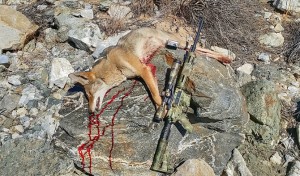 Final Thoughts –
Final Thoughts –
Obviously, there is a lot more to hunting predators, and these five areas I touched on are only the basics. But, predator hunting isn’t rocket-science. There are simple things you can do in order to increase your odds of calling in an animal, and making the shot to culminate the hunt. Follow the advice above, and you can do just that. More importantly, be patient and remember that the shows you watch on television, and on YouTube, are edited to remove the numerous stands where no animals are called. The days where it seems like the predator hunting switch was turned on, and you have animals coming into the call at every stand, will make you forget the long days where you called in nothing, so stick with it!
- A Unique Rifle – CZ Model 527 in .20 Hornet Ackley Improved - November 25, 2025
- My Favorite New Factory Rifles of 2025 - October 28, 2025
- Winchester XPert Rifle in 17WSM – A Summary of an Upcoming Review - September 16, 2025

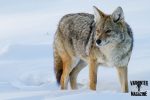

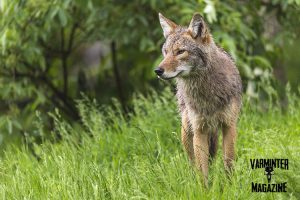
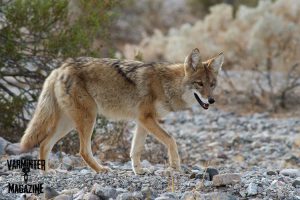
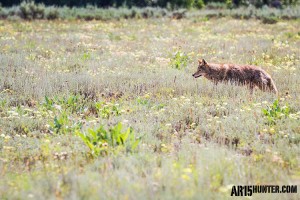

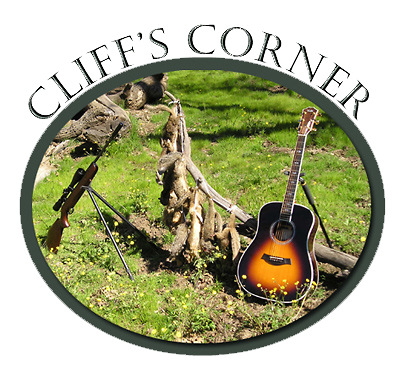
Leave a Reply
You must be logged in to post a comment